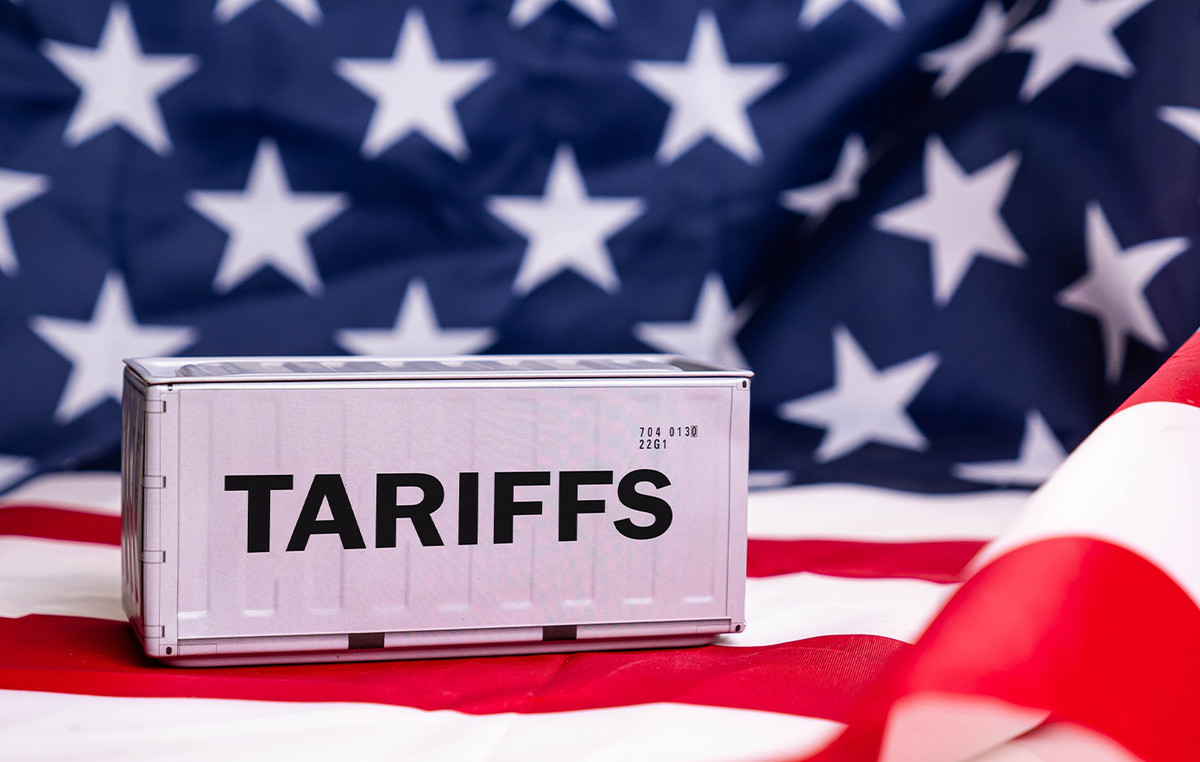By Javier Blas
Just over 50 years ago, at a summit of the world’s leading economic powers, then-US Treasury Secretary John Connal shocked his counterparts by declaring that the dollar “is our currency, but your problem.”
At the time, America wanted a cheaper currency, forcing others to revalue their own. Half a century later, the world economy is facing the opposite challenge: the dollar is moving at a 20-year high against other major currencies, creating a huge problem for anyone outside of America who buys goods in dollars. And no commodity is more important than crude oil.
“King”
Ever since Connolly made the dollar a problem for everyone else, the US currency has become the king of global energy and commodity markets. The price of almost every raw material consumed by the world today, from oil to wheat and copper, is set in dollars. Even tea, the main British beverage, is priced in US currency rather than sterling.
Usually, a strong dollar means lower commodity prices – and vice versa. The commodity-dollar relationship tends to act as a “cushion” for the global economy by offsetting one another, which is particularly important for poorer countries.
The last time the world faced rising oil prices was exemplary of coexistence. In 2008, the cost of Brent jumped to a record high of $ 147.50 a barrel, burdening the public finances of many countries.
That same year, however, the dollar fell to a record low against the currencies of major US trading partners, easing some of the pain. For many importing countries, oil has become expensive, but not too expensive in local currency.

Nightmare
This historic dollar-oil price relationship now seems to have broken. Crude has risen 70% in the past year and is currently trading at $ 120 a barrel. At the same time, the dollar has gained 10% in value since mid-2021. This creates balance of payments crises in many oil-importing countries, particularly Africa, Latin America and Asia.
Malawi, one of Africa’s poorest countries, recently devalued its currency by 25% overnight. Sri Lanka, one of the poorest countries in Asia, is on the brink of economic collapse. “The gap between prosperous countries and countries that are less able to pay for goods is becoming extremely large,” Mike Muller, head of Asia at Vitol Group, the world’s largest oil trading house, said on Sunday.
Even those who can afford to pay high prices in local currency, such as Europe and Japan, are suffering from rising inflationary pressures.

Real history high
While Brent is about 20% below its record high of $ 2008, it is changing hands to record levels in local currency for countries that account for about 35% of global oil demand.
India, the world’s third-largest oil consumer after the United States and China, is paying about 45 percent more than it did 14 years ago due to the sharp devaluation of the rupee against the dollar. The eurozone is currently paying around € 111 ($ 119) a barrel, up from € 93.5 in July 2008. The UK is facing a similar problem: Brent has peaked at around 74 74 ($ 92) the barrel in 2008. Today, it is almost a third more expensive, at 95 pounds.
With the yen falling to its weakest point against the dollar in two decades, Japan is also hit. The list of countries struggling to meet their energy bills continues to grow.

In addition to domestic economic aftershocks, record high oil prices in local currency are a serious issue for the energy market itself. Oil traders are looking for signs of declining demand – the point at which higher prices lead to reduced consumption. At present, the increase in oil demand has remained strong, boosted by accumulated consumption, as the world emerges from the pandemic. With a significant portion of the world already facing record prices, however, demand will soon suffer.
Goldman Sachs analysts estimate that the strength of the US dollar adds an average of about $ 20 extra per barrel when measured in local currencies, “to reach levels equivalent to $ 150 / barrel Brent”.
For the OPEC + oil cartel, the broken relationship between crude and the dollar yields unexpected gains. In 2007, at an OPEC summit in Riyadh, oil-producing countries worried about a possible collapse of the dollar.
With the Federal Reserve ready to raise interest rates further and faster than the respective central banks of the rest of the major economies, the US currency appears poised to continue to move higher – another reason for the oil cartel to work harder to put a “ceiling” “in prices.
Source: Bloomberg
I’m Ava Paul, an experienced news website author with a special focus on the entertainment section. Over the past five years, I have worked in various positions of media and communication at World Stock Market. My experience has given me extensive knowledge in writing, editing, researching and reporting on stories related to the entertainment industry.







